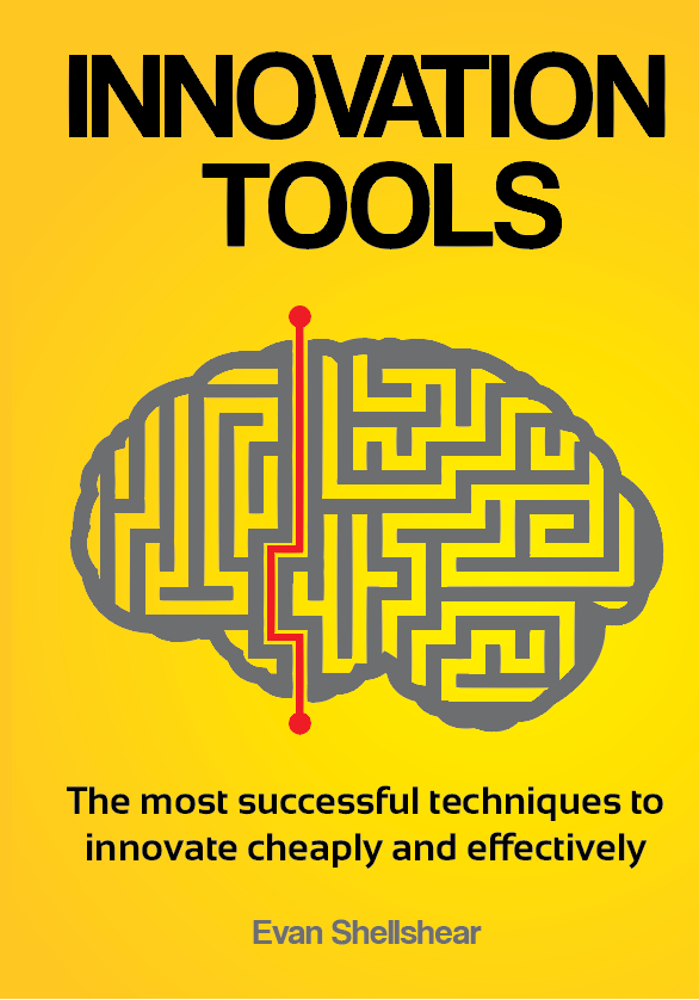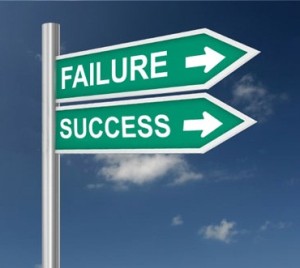Commercial innovation in the 21st century is very focused on IT engineering and much less so on...
Innovation
LEGO has earned the right to celebrate. Not only are kids playing with more mini LEGO people...
Written by Christine Thong and Evan Shellshear When was the last time you seriously thought about your...
After six months of hard work, we were sitting together on a warm spring afternoon enjoying a...
Andrew Ward is the CEO of 3 Minute Angels Australia’s largest massage company and one of my...




